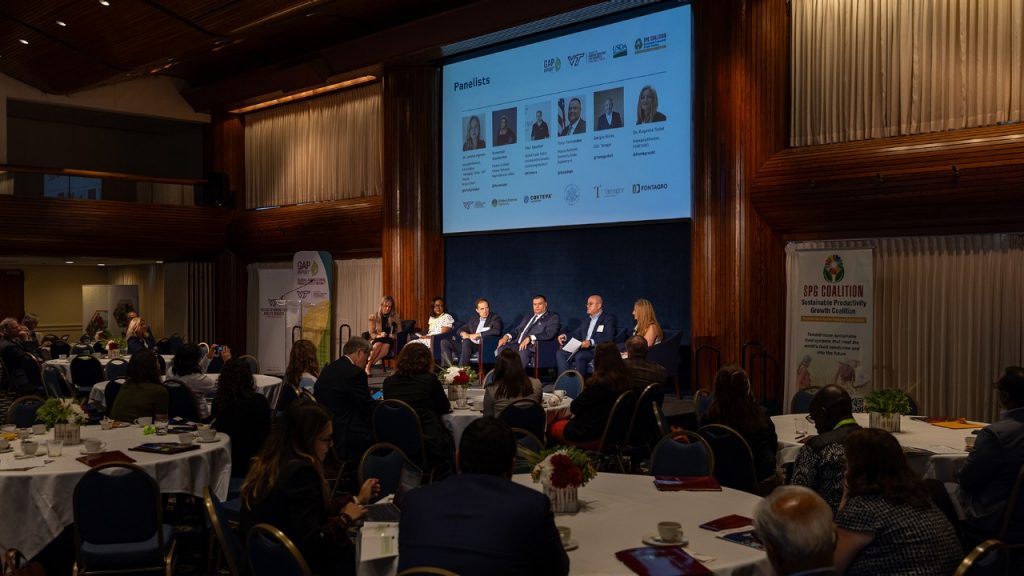
Agricultural productivity growth is recognized as the single most effective solution to feeding a growing world population while meeting environmental goals. However, since 2011, it has consistently fallen below what is required to meet global needs for agricultural products by 2050. Current efforts to reverse this trend need to be revised, according to The Global Agricultural Productivity Report 2023 (GAP Report) released by the College of Agriculture and Life Sciences (CALS) at Virginia Tech.
At the launch event, supported by the U.S. Department of Agriculture and its Sustainable Productivity Growth (SPG) Coalition, Tom Thompson, Associate Dean and Director of CALS Global, said, “We have enough food to feed the world now. The challenge is, as the population continues to grow, and as climate impacts perhaps become more dire for agriculture, we need to accelerate how efficiently we use resources and inputs in agriculture.”
According to the GAP Report, existing technologies and practices such as precision agriculture and improved genetics can help farmers increase agricultural output without increasing resource use. However, access to such tools is limited.
“We already have a lot of proven tools available that would help us close the productivity gap. But there are inequalities in the system, ineffective policies, and significant barriers for farmers to access and use these tools – gender, socioeconomic status, risk, to name a few,” said Jessica Agnew, associate director of CALS Global. “These barriers also impact farmer livelihoods, food security, and environmental health by causing farmers to use substandard and ineffective tools instead.”
To overcome the obstacles that currently stand in the way of widespread adoption, the GAP Report offers six policy and investment priorities for policymakers, investors, researchers and implementers:
- Invest in public agricultural research and development and extension services
- Embrace science- and information-based technologies and practices
- Improve the infrastructure and market access for agricultural inputs and outputs
- Cultivate partners for sustainable agriculture and improved nutrition
- Expand and improve regional and global trade
- Reduce post-harvest loss and food waste


